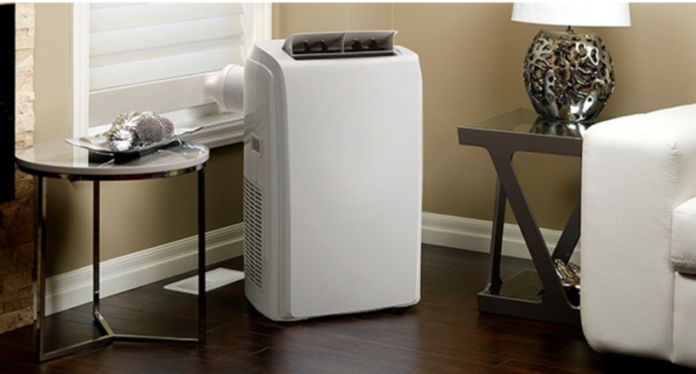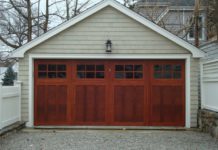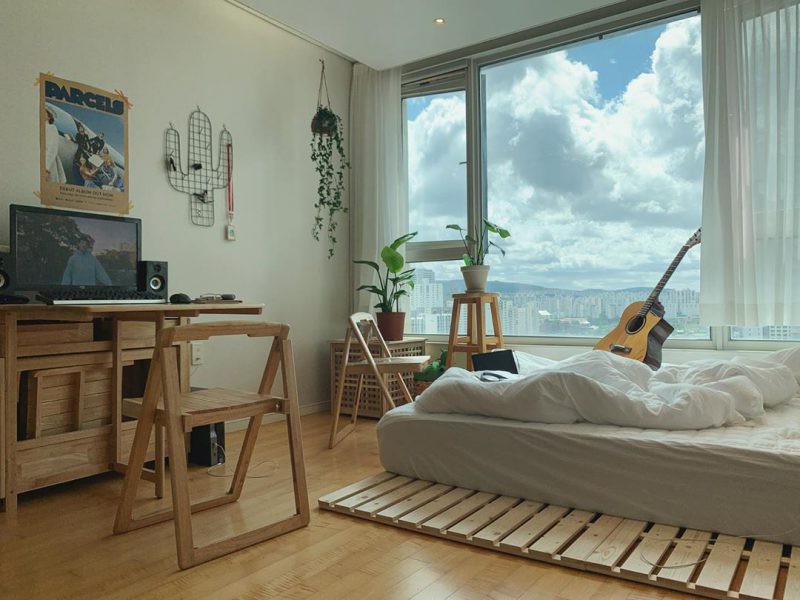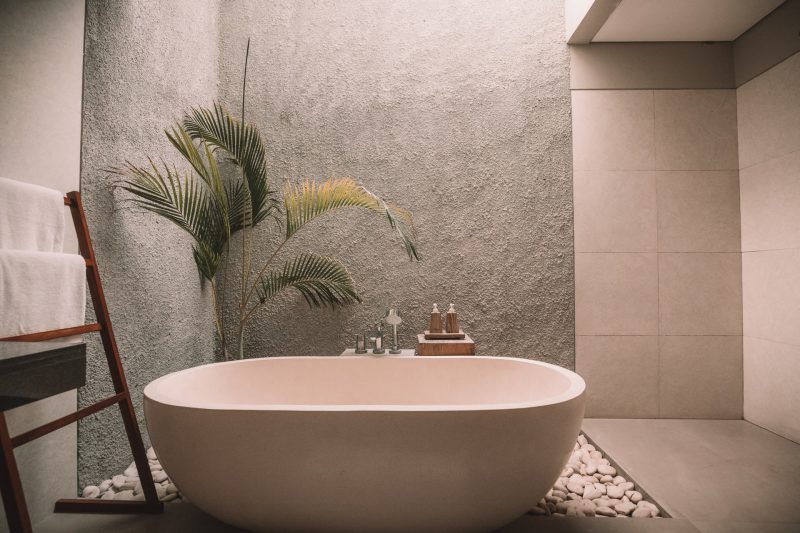Occasionally, a home will not be built with an AC unit, meaning the summer can be hot. If your house does not contain an air conditioner, you should start researching soon. Typically, people use central AC units for their homes, but portable systems can be better. However, it would be helpful to consider the following differences when deciding.
Window Air Conditioners
Window-mounted units are not entirely portable, but they do not require ductwork. Consequently, they are cost-effective and semi-permanent solutions, providing long-term value. If someone is working on a home without ductwork, window units will be less expensive.
These units are mounted inside an open window and suck in air from the outside. Once it has cooled the air, it circulates it throughout the home, lowering the temp. Additionally, it will capture heated air and humidity from inside the house. Nevertheless, a homeowner would need to measure their window’s dimensions prior to installation. Since these units can be pretty heavy, you may need support while mounting them.
Freestanding Portable AC Units
Temporary HVAC units are standard on construction sites, as they are completely freestanding. Simply plug them into a suitable power source, and they can work anywhere without a problem. Each model will utilize a different power requirement, limiting potential applications. For example, you should know how many amps are available at 3-phase, the voltage, and the amperage. Otherwise, the unit may not be compatible with the worksite, and you would need another one.
These must be connected to a hose, and you will need to drag them through a window. If you need to cool multiple rooms, several temp units will be required. Furthermore, the unit’s capacity depends on the model, so larger ones may be necessary. Spatial constraints are one of the biggest hurdles with temp models. In addition to limited cooling capacity, these units occupy space inside the home. You also have to focus on HVAC maintenance and hire a professional for the same.
Portable models feature superior mobility, meaning you can relocate them easily. If you only need to cool the room for several days, these may be the perfect option.
Central Air Conditioning Systems
Generally, homes implement central AC systems to control the interior temperature and humidity. These devices vent and circulate cool air through supply and return ducts. Once cool air reaches its destination, it exits via registers, entering the home. Numerous return registers recapture warmed air and send it back to the system. Therefore, the home’s overall temperature is dropped, and the humidity is reduced.
Most of the time, systems have an outdoor heat exchanger, fan, and compressor. An additional heat exchanger will be inside, and there is usually a blower too. In many cases, a packaged central air conditioner will put all these components in one place. If you already possess a furnace, a split system will be the most cost-effective normally.
Humidity and Condensation Control
Portable models may produce excessive humidity, dripping water onto the floor. Users may retain a drip pan and use it to capture falling water droplets. Window AC units will not leak water onto the interior flooring most of the time. On the other hand, window units are more efficient, using less power to produce more BTUs.
If humidity is a significant concern, implement a dehumidifier to help control it. This will alleviate complaints regarding high humidity levels and make everyone comfortable.
Noise Levels
Every cooling technology produces some noise, so you cannot avoid it altogether. You can monitor each model to see the loudest, but window units tend to win. Since they are placed with a portion of the unit outside, noise does not enter the home. You do not forfeit any comfort, and the noise production is not as much of an issue.
Portability and Installation
Window units are more complicated to install than portable systems, requiring some lifting. In comparison, users only need to plug in a portable unit, which is relatively easy. Once they are finished using the mobile model, they can unplug and remove it quickly. You can move it from one room to another if needed, so they can be more versatile.
Portable AC units differ in several ways from HVAC systems, although they are similar. Depending on the particular situation, one may be a superior choice to the other.










